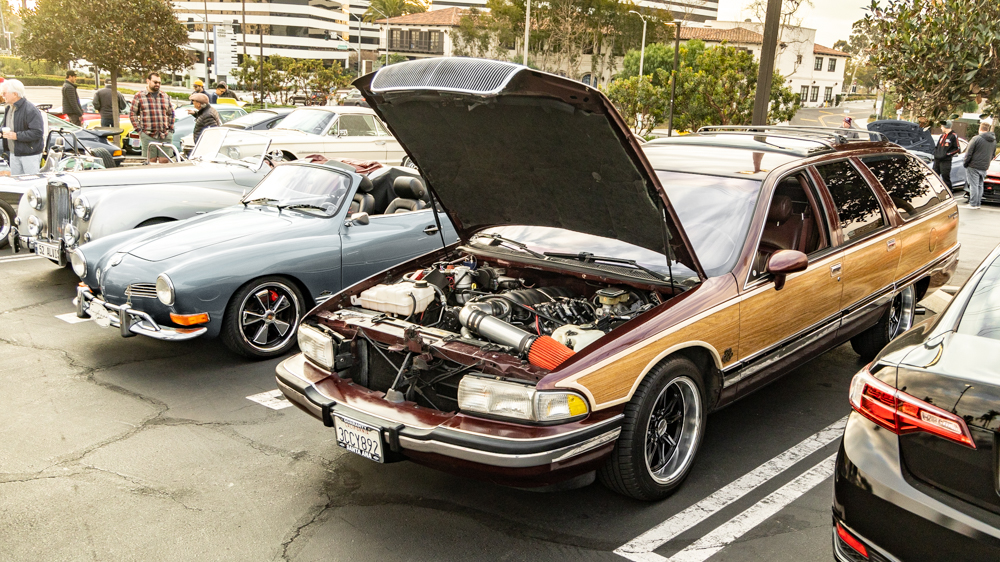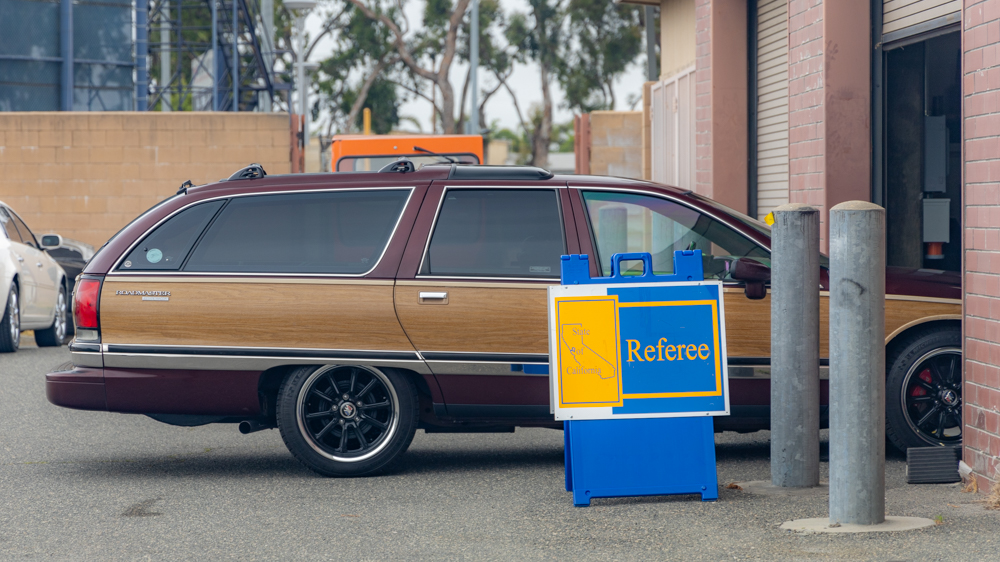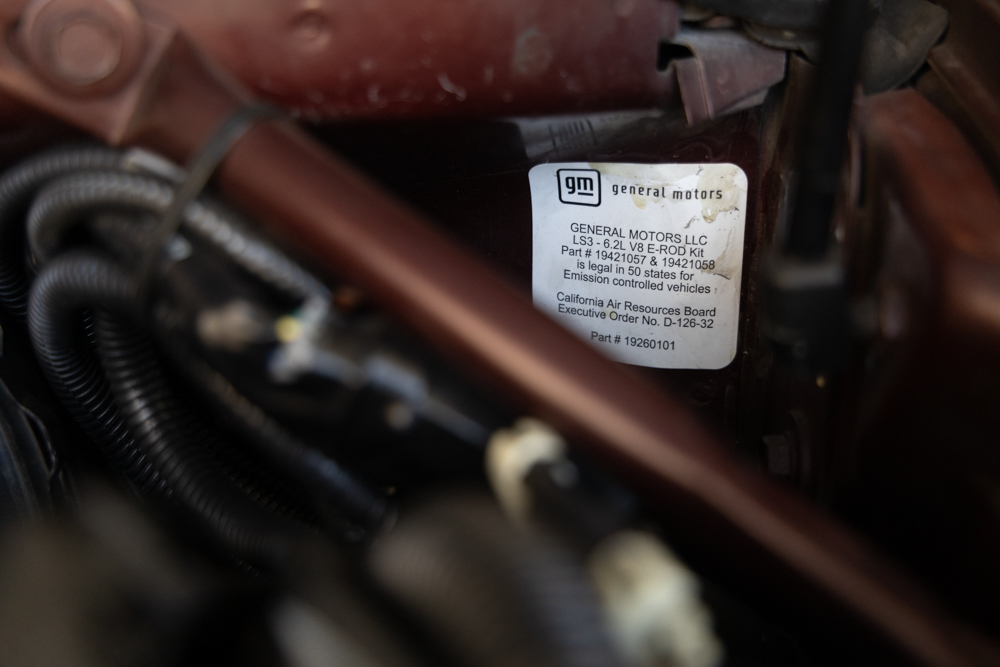How To Do a Legal California Engine Change (E-ROD LS Swaps & More!)

A legal California engine change can feel impossible, but it’s not. Here’s a five-step guide to help get you started!
Californians may have invented hot rodding but, decades later, strict emissions regulations make car building and performance tuning a legal landmine for residents. (Or anyone who lives in a state that follows these regulations.) However, while the system is often confusing and bureaucratic, it is very possible to do all sorts of mods, including a legal California engine change.
How do we know? LS1Tech.com recently teamed up with Guaranty Chevrolet, Holley, Magnaflow, Eaton, Dakota Digital, Michelin, American Racing Wheels, Wilwood Brakes, Summit Racing, Chemical Guys, MuscleRods, and more, to drop a 50-state legal Chevy Performance E-ROD Connect & Cruise system into a 1992 Buick Roadmaster wagon. If you click that link, you can check out the entire build over the course of 10+ videos and articles.
After learning so much during the process, we decided to assemble this a guide for anyone who may be about to start gas-engine swap projects in places where California standards reign supreme. Here’s how it will break down:
CHAPTERS
Intro / Background: CARB-Legal Modifications
1) Understanding California Engine Change Guidelines
2) Acquiring Emissions-Compliant Parts
3) Remove OEM Systems & Install Donor Systems
4) Project Break-in & Inspection Prep
5) Virtual & In-Person BAR Referee Inspections

—> Disclaimer!!! <—
We are not professional mechanics, NOR ARE WE LEGAL EXPERTS. Before you do any type of engine change in California, read the state’s Engine Change Guidelines and contact the Bureau of Automotive Repair (BAR) directly regarding any questions. We also recommend consulting a professional shop with experience in legal swaps.
Background: CARB-Legal Modifications & Executive Orders

Every gasoline-powered car, light-duty pickup, or SUV in California made in or after 1976 must pass an emissions test every two years (although there is a no-test window for new vehicles). Further, if you want to modify any system in a vehicle that might affect emissions — you know, the good stuff — one must use parts that have received an exemption outlined in an Executive Order (E.O.) from the California Air Resouces Board (CARB).
Thankfully, if you own a popular vehicle, there are lots of CARB legal parts available with Executive Orders. Stuff like shorty headers, intake manifolds, cold-air intakes, supercharger kits, some tunes, aftermarket exhaust systems, and even some camshafts and cylinder heads. Unfortunately, items like turbo kits and long-tube headers are mostly, if not all, illegal.
(Click HERE to look through CARB’s database of parts and Executive Orders.)
Failure to use CARB-exempt parts can result in failed smog tests, not to mention tickets and fines, with repeat offenders eventually facing criminal charges and/or vehicle impounding. Please also note that deleting emissions equipment entirely is universally illegal and can get folks into serious trouble with state and federal agencies.
When a stock motor can’t be modified enough (legally or for other reasons) to reach ideal performance gains, it’s time to consider a swap. Which California legally refers to as an “engine change.” This means you need to memorize the California Engine Change Guidelines –>
